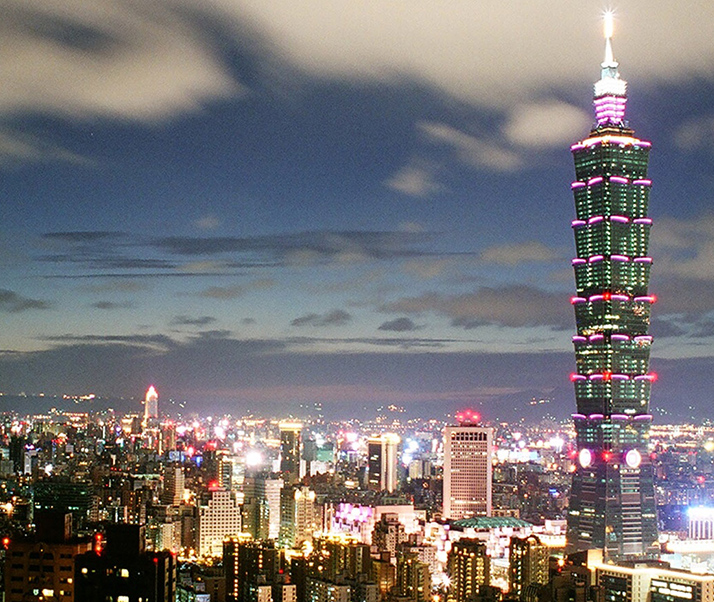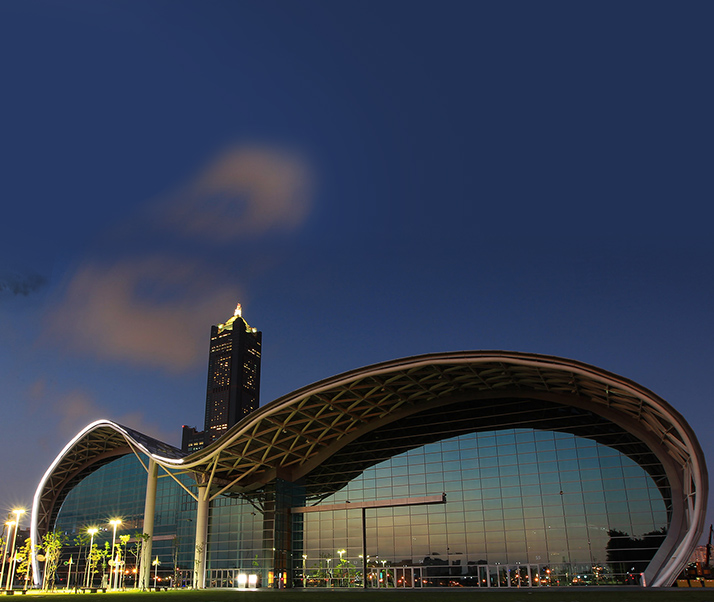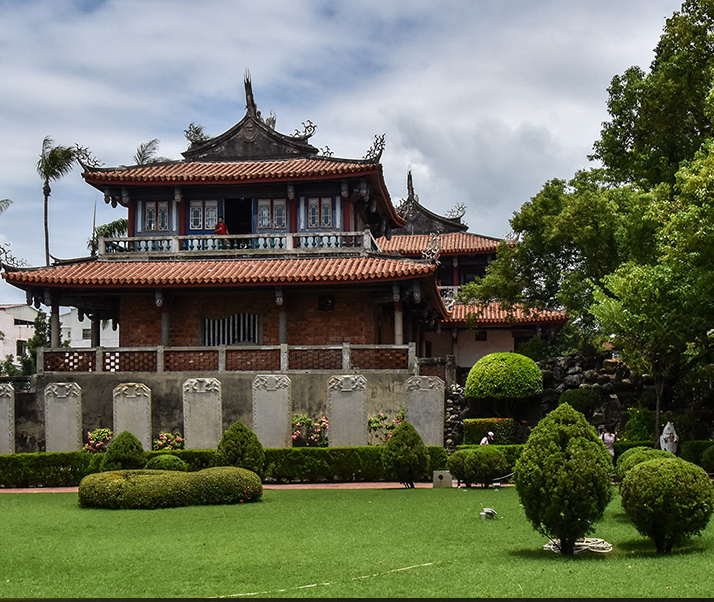+91 9884683139
talk to our Destination
specialist

Formosa is what the Portuguese called Taiwan when they came here in the 16th century and saw the verdant beauty of the island.
Located off the southeast coast of the Asian Continent at the western edge of the Pacific Ocean, between Japan and the Philippines and right in the center of the East-Asian island arc, Taiwan forms a vital line of communication in the Asia-Pacific region.
It covers an area of approximately 36,000 square kilometers (14,400 square miles) and is longer than it is wide. Two-thirds of the total area is covered by forested mountains and the remaining area consists of hilly country, platforms and highlands, coastal plains and basins.
Taiwan has been abundantly endowed with mountains; over 200 of its peaks are more than 3,000 meters high, making Taiwan geographically unique. As mountains can be found anywhere, mountain climbing is a popular leisure activity in Taiwan. The lush scenery will unfold your eyes and it will not take too long for you to be convinced of the beauty of Taiwan's mountains.
In addition, there are nine national parks which offer a variety of distinct topographic landscapes: the Taroko National Park, focused on a narrow ravine created by a river which has cut through the mountains; Yushan National Park, containing the highest landmark of Taiwan and also the highest peak in Northeast Asia
Key Facts
2,38,19,437
Taipei
The New Taiwan Dollar
Mandarin Chinese
GMT +8
Aug-Mar

Shei-pa National Park, featuring dangerously steep slopes; Yangmingshan National Park, with its volcanic craters and lakes;
Kenting National Park, encompassing the only tropical area in Taiwan which breathes a truly Southeast Asian atmosphere; Kinmen National Park, which greets visitors with white coral and shell beaches and other geological wonders. Finally, both culture and natural attrations await your discovery at Taijiang National Park.
Taiwan has a very rich marine ecology. You can see a groups of bottlenose dolphins, spinner dolphins, Risso's dolphins, and pan tropical spotted dolphins jumping out of the Pacific Ocean along the east. Azure seas and magnificent coral reefs can be found in Kending (Kenting) at the southern tip of Taiwan, and on Green Island and the Penghu Archipelago. This is a place for you to discover and be amazed.
Taiwan has a warm and humid climate and a variety of terrain, including sandbars, plains, basins, hills, plateaus, and mountains. As a result, the country is home to abundant animal and plant life, including various endemic species, and can therefore be regarded as one gigantic eco-park.
Taiwan enjoys warm weather all year round. Weather conditions fluctuate during spring and winter, while in summer and autumn the weather is relatively stable. Taiwan is extremely suitable for traveling, as the annual average temperature is a comfortable 22 degrees Celsius with the lowest temperatures on the lowlands generally ranging from 12 to 17 degrees Celsius (54-63 Fahrenheit).
The nation also boasts of beautiful landscapes. Cycling along the highway with the Pacific Ocean on one side of you is just one of the ways in which you can bask in Taiwan's beauty.

The Complete Experience
Take a visit to Taipei 101 and ride a super-fast elevator to 89th Floor Viewing Deck for some incredible views
Visit the iconic Longshan Temple, a true symbol of Taiwan and one of the most visited temples

Taiwan's Maritime Capital
Get a view from Observation Deck of 85 Sky Tower Building, which is the tallest building in Kaohsiung and not hard to miss
Explore the area of Lotus Pond and visit the Dragon and Tiger Pagodas and Pei Chi Pavilion

The Ancient Capital of Taiwan
Visit the Grand Matsu Temple, earlier a Royal Palace, where devoted to Goddess Matsu, one of the most important deities in Taiwan
Travel the Sicao Green Tunnel by boat, located in Taijiang National Park.